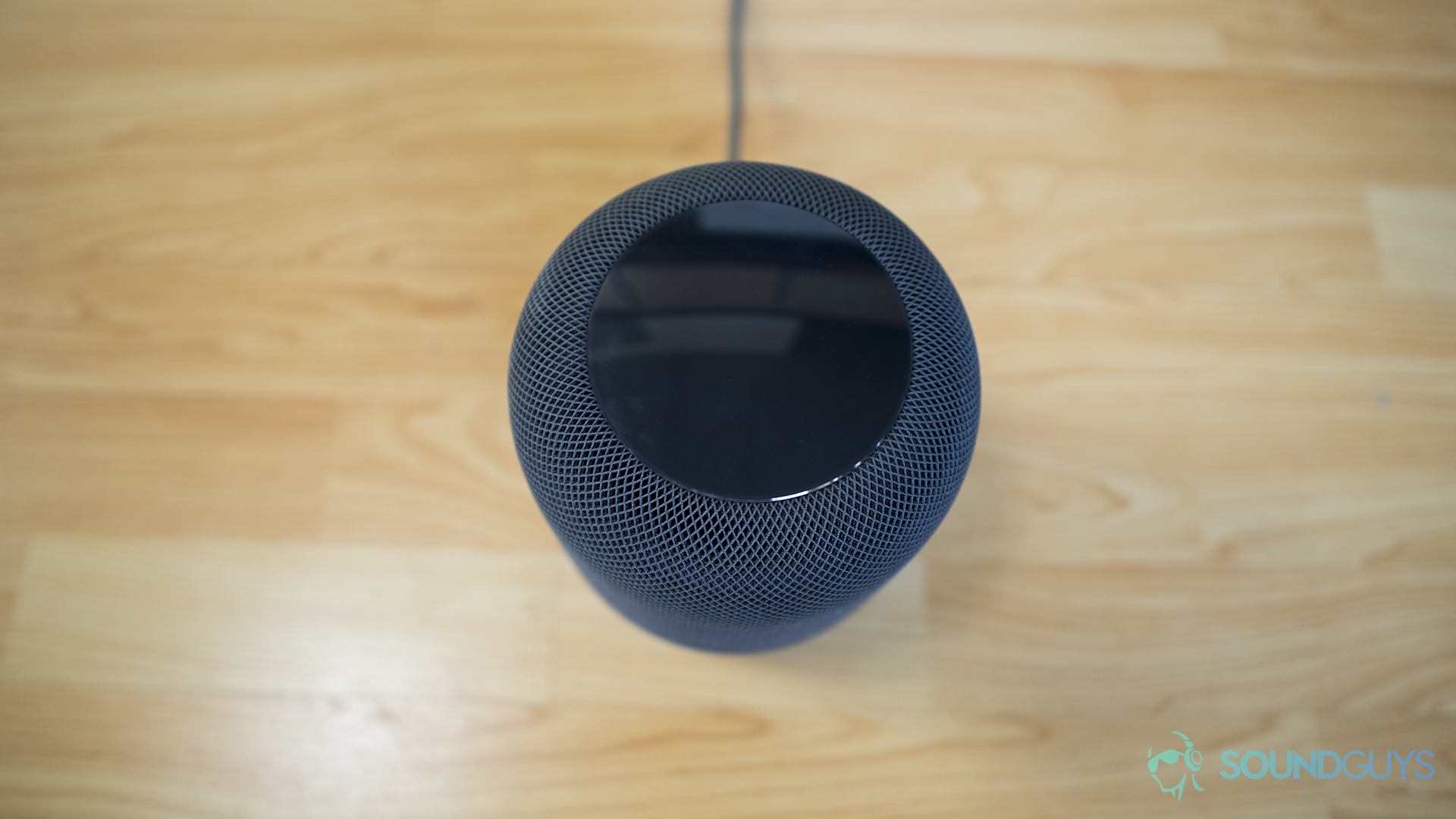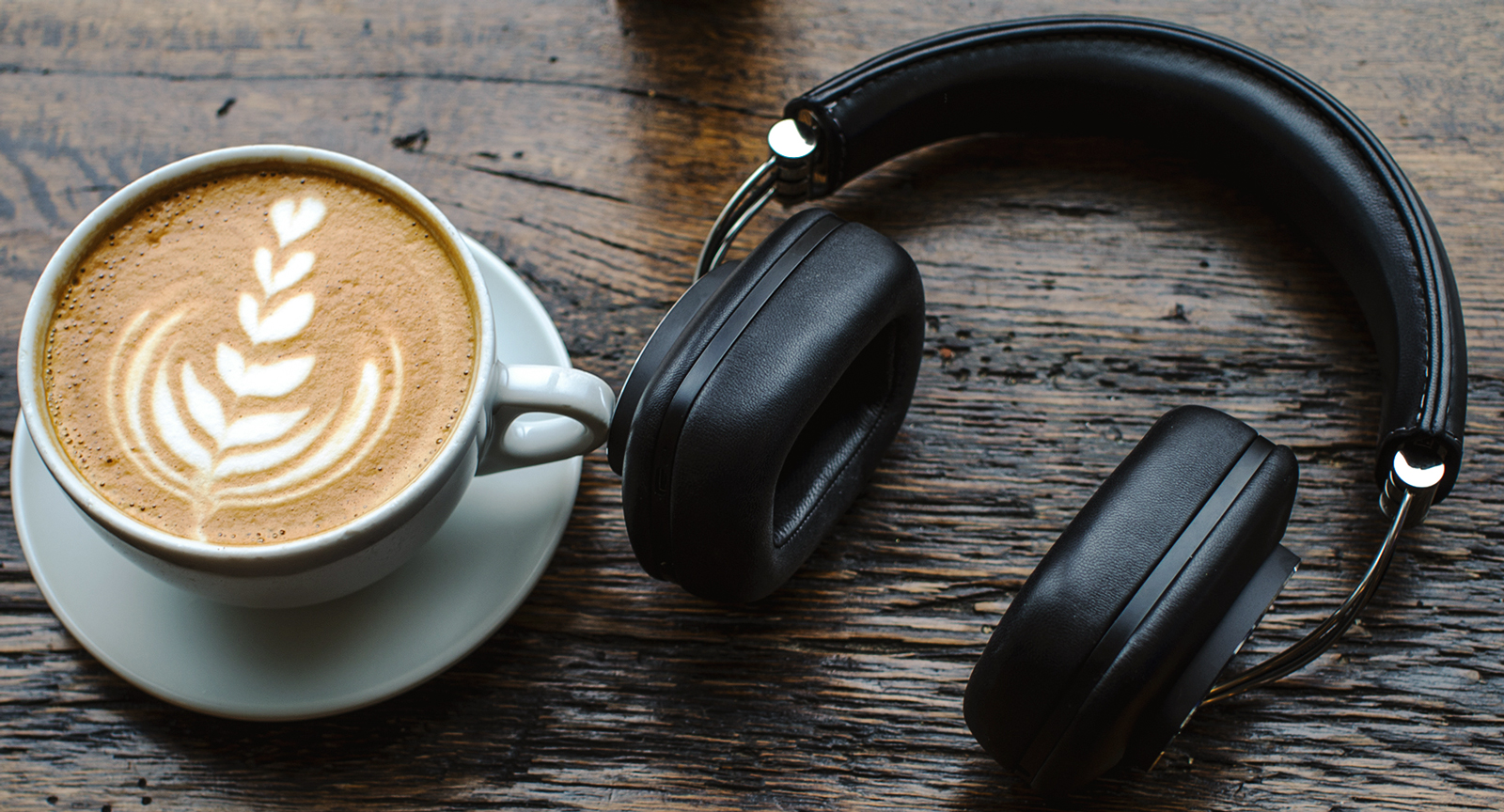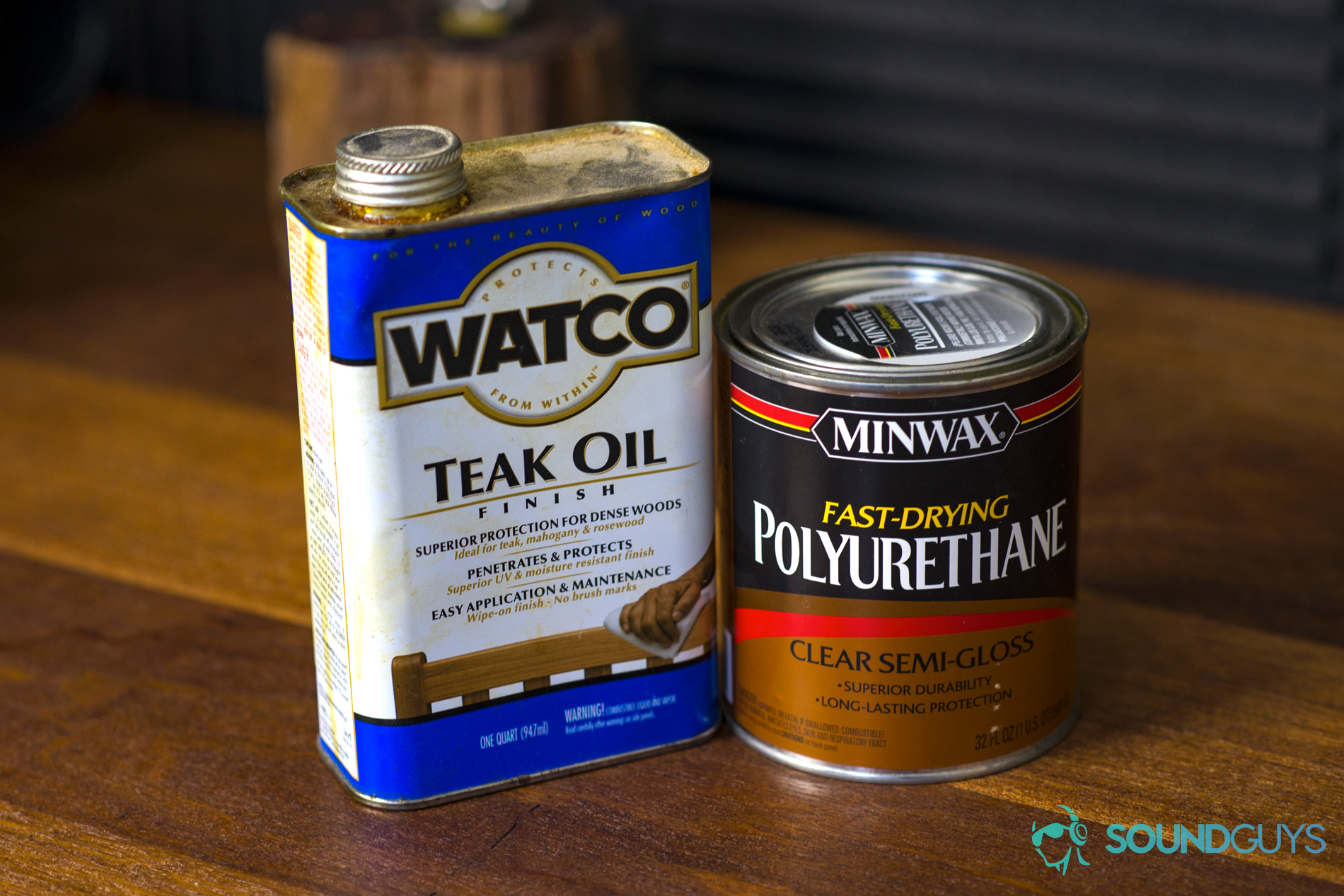All products featured are independently chosen by us. However, SoundGuys may receive a commission on orders placed through its retail links. See our ethics statement.
How to protect your table from the Apple HomePod
Published onFebruary 19, 2018

As you might already know, many Apple HomePod and competing smartspeaker owners this week reported that their new toys were destroying their wooden tables with a white ring. As the resident carpenter/lumberjack/forest-person here at SoundGuys, I’m here to help. While there’s no love lost between me and Apple, this is one controversy that’s only bad because their PR flubbed the response. In actuality, this isn’t the end of the world.
What’s happening?
If you just want to know what to do to avoid the problem altogether, you can skip ahead. But for anyone who wants to know what’s going on, the short story is that oil used in manufacturing the silicone rubber feet of the Apple HomePod is displacing finishing oil in some wood surfaces.
You have to remember that wood—no matter how old—is a collection of fibers that can absorb certain substances. Many carpenters elect to use oils like teak to finish their pieces because it looks great when used with darker woods like mahogany or walnut. However, an oil finish is semi-permeable—it doesn’t block out all other substances. When you introduce a different type of oil onto your table, there’s the possibility that it’ll displace some of the finish. When that happens, you get the white marks.

If you bought your table from IKEA or another mass furniture vendor, it’s quite likely that they used an impermeable coating like polyurethane to seal the piece. Polyurethane is immune from the white marks. It’s only when your table has an oil finish that you have to worry about the white ring on your surface.
Don’t know if your table is finished with oil or wood? Don’t worry about it! There’s an easy solution here that should keep you (and your wallet) happy.
Prevent the white marks
If your table has an oil finish and you’re sweating the damage your HomePod may do to it: get a coaster. It’s that easy! While it sucks that the Apple product you just bought doesn’t “just work,” almost any coaster will do—and you’ll probably never notice it.
...it's best to just create a physical barrier between your speaker and your table's surface.
People seem to be going a little nuts over getting the right one, or wondering if it’ll affect the sound, but the truth is: putting a speaker on a table is less than ideal anyway. You’re not going to notice the difference, and in some cases it may actually improve the sound by changing the speaker’s proximity to the reflected sound. I personally recommend using a thinner slate coaster with foam pads, but a thicker marble coaster won’t rattle if you really crank your tunes. Simply putting felt or another cloth underneath your HomePod won’t absorb all of the oils, so it’s best to just create a physical barrier between your speaker and your table’s surface.
You don’t have to worry about invisible oil going around your coaster and damaging your wood, either. Unless the coaster you choose is also silicone, your table will be perfectly safe.
Repair the damage
Seeing the white rings on an expensive table can be terrifying, but don’t panic. If the damage is already done, you have several options—but it’s important to note that the marks are largely temporary. You may not need to do anything at all.
- Wait it out—these marks will subside on their own, though they’ll never completely disappear. Guests probably won’t notice them unless you point it out.
- Cover it up—if you’re just going to put the HomePod back in the same spot once you get your coaster, chances are good that you’re not going to see the ring, right?
- Re-oil your table surface—Talk to the manufacturer who sold you your table to figure out what type of oil was used, or you can consult your local hardware store for help in picking an approximate substitute.
See? Not so terrifying right?
If you do elect to re-oil your table, be sure to pick up some cloth that you can throw out after oiling your surface. I suggest shop towels like these just in case you have a use for 25+ cloths you can feel fine about chucking in the trash eventually. No workshop is truly complete without them, so it can’t hurt to pick up a big pack.

Now to repair. I’d suggest waiting for the wood to push out as much of the white circle as possible, so a couple weeks after you remove the Apple HomePod from direct contact with your table, the white ring will subside. Once that happens, take your table top into a well-ventilated area. Grab your oil and your shop cloths, and put a little dab of your finish on one. Trust me, a tiny bit goes a long way.
Then, with the grain of the wood, firmly rub the oily part of the cloth over the affected area. It’s okay if you use short semi-circular motions, the wood will absorb the oil. After it looks good, just allow it to dry for 8-16 hours. You may decide to put another coat on here and there, or refinish the entire surface if you feel like you need to.
Disclaimer: While this should take care of minor damage, it’s possible the oils from the silicone will make your finish result in what’s called a “fisheye,” meaning it’ll clump above the wood. This tends to happen only when the damage is severe—something the HomePod isn’t really capable of containing enough oil to do. In the event this happens, you may want a professional to refinish your table, as it would require an acetone treatment to remove any silicone oil. That would also require you to refinish your table, as well—time consuming, but rewarding. I know it sounds scary, but trust me: this is a very remote possibility.